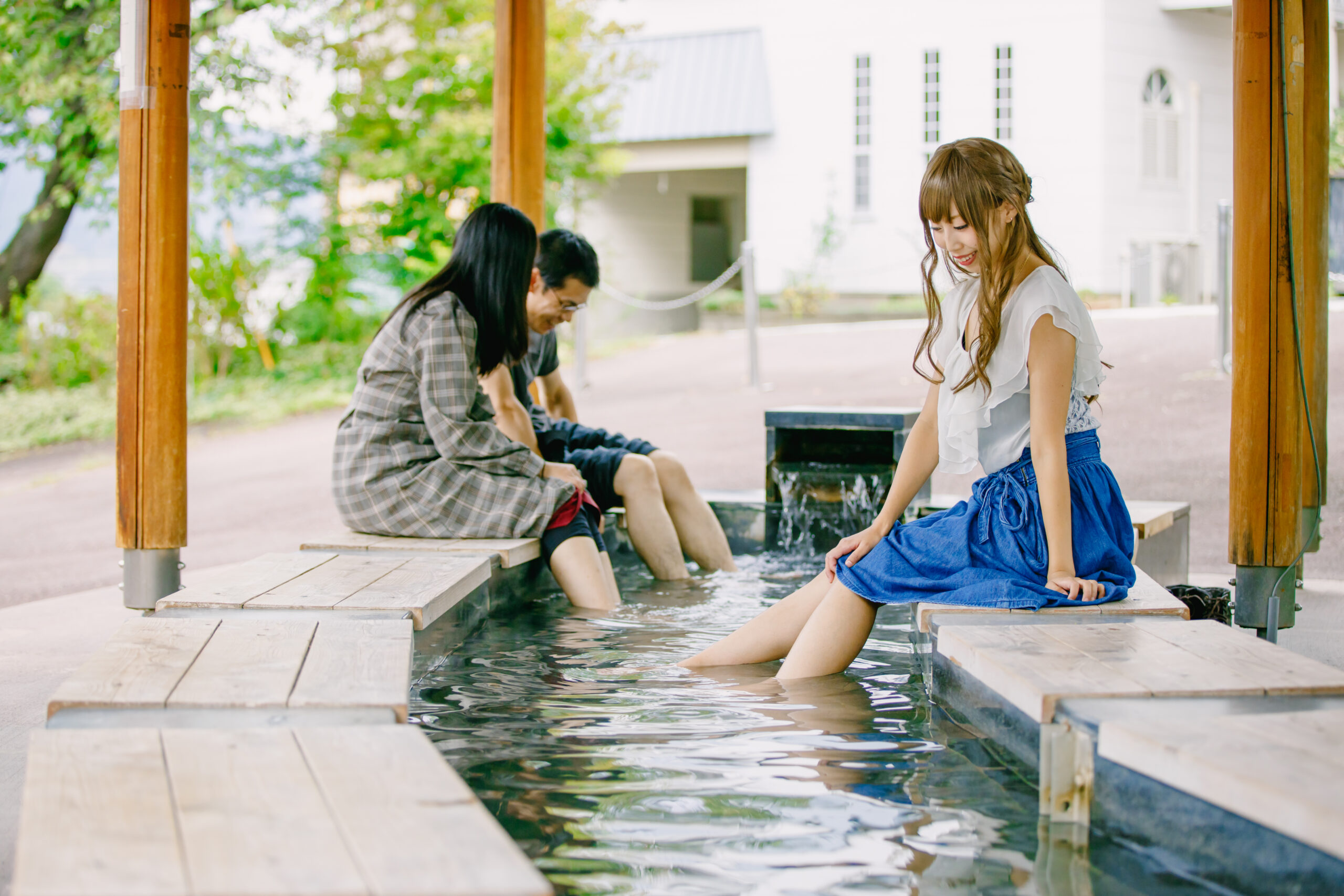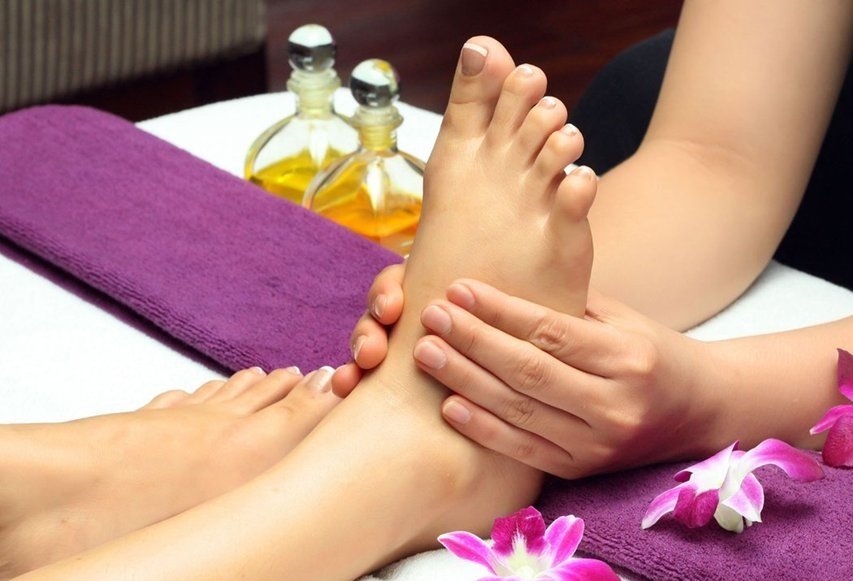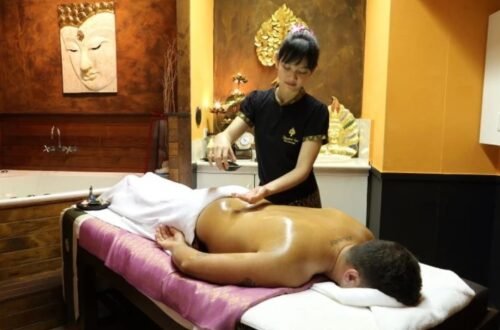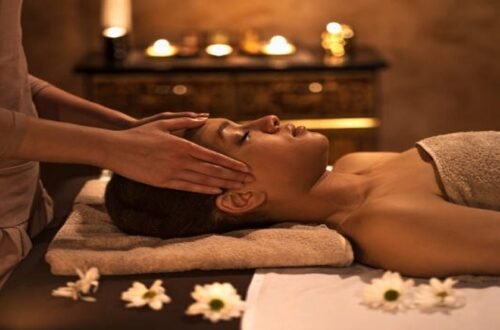A foot spa is a therapeutic treatment that focuses on caring for the feet to relieve stress, enhance relaxation, and improve overall health. Across the globe, foot spas are cherished for their ability to relieve pain, promote circulation, and help people unwind. Foot care and relaxation practices vary widely, with some cultures using foot baths, others emphasizing massage techniques, and some incorporating traditional or herbal treatments. Here, we’ll explore some unique foot spa experiences worldwide, including traditional techniques and modern-day innovations, and understand why foot care is so important.
1. Traditional Chinese Foot Spa
In China, foot spas are an integral part of the culture, rooted in traditional Chinese medicine (TCM). Chinese foot massages focus on reflexology, an ancient practice that involves applying pressure to specific points on the feet. Each pressure point on the foot corresponds to different organs or body systems, and TCM practitioners believe that stimulating these points can improve overall health and balance the body’s energy, or “qi.”
A traditional Chinese foot spa typically includes soaking the feet in warm water infused with medicinal herbs, such as ginger, mugwort, or green tea, to enhance relaxation and circulation. This is followed by a reflexology massage using fingers, thumbs, or knuckles. Chinese foot spas have grown popular worldwide, with people seeking relief from stress, anxiety, headaches, and even digestive issues.
2. Japanese Ashiyu Foot Spa

In Japan, foot spas often take the form of ashiyu, a unique practice of soaking the feet in natural hot springs. Ashiyu is available in many places, from dedicated foot spas to public spaces like train stations or parks, where travelers and locals can dip their feet in warm, mineral-rich waters. This tradition, which is an offshoot of Japanese onsen (hot springs), is celebrated for its relaxing and health benefits, particularly for relieving joint pain and improving blood flow.
Japanese foot spas focus more on the soaking experience rather than massage. The warm mineral water helps soothe tired feet and alleviate stress. Some foot spas in Japan add aromatic ingredients, such as green tea, yuzu (a Japanese citrus fruit), or rose petals, for additional sensory relaxation.
3. Thai Foot Spa and Reflexology
Thailand’s foot spas are widely recognized for their strong influence from Thai massage traditions, focusing on deep, therapeutic massage techniques. Thai foot massages often combine elements of reflexology with deep tissue massage, using both the hands and sometimes wooden sticks to stimulate specific reflex points on the feet.
Thai foot spas usually begin with a relaxing foot wash, followed by a massage where the therapist applies firm pressure, kneading and stretching techniques. Thai foot massages are known for providing immediate relief from foot pain and discomfort and are commonly used to relieve tension in the legs, knees, and hips as well. In Thailand, foot massages are both accessible and affordable, making them a part of everyday wellness for many locals and a must-try for tourists.
4. Indian Ayurvedic Foot Spa

In India, Ayurvedic foot treatments have been practiced for centuries and are deeply connected to holistic health principles. Ayurvedic foot massages, or Padabhyanga, are intended to bring balance to the body’s doshas, which are the energies believed to govern physiological and emotional health. Ayurvedic foot treatments involve gentle massage techniques using herbal oils chosen to suit the individual’s constitution, and each oil is said to have different therapeutic properties.
Padabhyanga is often performed with warm oils and focuses on stimulating the marma points on the feet, which are similar to acupressure points in Chinese medicine. These points, when massaged, are believed to improve energy flow, reduce toxins, and enhance sleep quality. Ayurvedic foot spas provide a unique experience that combines relaxation with personalized healing.
5. Balinese Foot Spa Rituals
Balinese foot spas are known for their gentle, relaxing approach, influenced by traditional Balinese massage techniques. Typically, these foot spas begin with a foot soak in warm water mixed with ingredients like sea salt, lime, and flower petals. Following this, a gentle foot scrub and massage focus on releasing tension and stimulating blood circulation.
Bali’s serene spa culture often emphasizes harmony with nature, and many Balinese foot spas are set in open, tranquil settings where guests can feel close to nature. The treatment may incorporate aromatic oils, such as coconut or lavender, to enhance relaxation. Balinese foot spas are famous for their soothing and grounding experiences, often designed to balance body and mind.
6. Korean Foot Spa and Jjimjilbang
Korea’s foot spas are often part of larger public bathhouses, known as jjimjilbang. These bathhouses offer a variety of hot and cold baths, saunas, and steam rooms, where patrons can enjoy various wellness treatments. Korean foot spas may include foot soaks in warm water infused with herbal extracts, followed by scrubbing and sometimes foot masks to soften the skin.
Korean foot spas place a strong emphasis on skincare, often including exfoliating scrubs or masks to smooth the feet. Many jjimjilbangs offer dedicated foot massage areas where therapists provide deep tissue massages, targeting sore muscles and improving circulation. Korean foot spas are well-loved for providing both skincare and relaxation, making them a popular choice for locals and tourists alike.
7. Western Hydrotherapy Foot Spa
In Western countries, foot spas have evolved into more technological and hydrotherapy-based experiences, using advanced equipment for ultimate relaxation and rejuvenation. Many high-end spas offer foot treatments with whirlpool jets, massaging rollers, and water temperature controls, allowing guests to tailor the experience to their liking.
These hydrotherapy foot spas are designed for a more relaxing experience and are often combined with aromatherapy, where essential oils like lavender, eucalyptus, and peppermint are added to the water for a calming effect. Some Western foot spas also incorporate infrared or light therapy to further promote circulation, reduce inflammation, and enhance the health benefits of the treatment.
8. Foot Spas in the Middle East: Moroccan Hammam Foot Rituals
In Morocco and other parts of the Middle East, the hammam is a traditional bathhouse experience that often includes foot care rituals. A typical Moroccan hammam foot spa starts with a foot soak in warm water, followed by exfoliation with a black soap made from olives, which softens the skin. The foot treatment may also include using a kessa glove, a textured mitt used to scrub away dead skin and leave the feet smooth and refreshed.
Middle Eastern foot spas often incorporate natural ingredients such as argan oil, known for its moisturizing properties. The foot care routine may also include a massage, which is often gentle and soothing, helping to relieve stress and leave the skin feeling soft. The hammam experience is known for its detoxifying effects and is deeply embedded in Middle Eastern wellness culture.
9. Modern Foot Spa Innovations: Fish Pedicures
A relatively modern addition to the world of foot spas is the fish pedicure, popular in parts of Asia and some Western countries. During a fish pedicure, clients dip their feet into a tank filled with Garra rufa fish, also known as “doctor fish.” These fish gently nibble on the dead skin of the feet, providing a natural exfoliation.
Fish pedicures are both a novelty and a therapeutic treatment, with proponents claiming it can help soften the feet, improve circulation, and even relieve certain skin conditions. While fish pedicures have generated mixed opinions due to health and ethical concerns, they remain a unique and memorable foot spa experience.
Why Foot Care is Important for Health
Foot care goes beyond aesthetics—it’s integral to overall health and well-being. Our feet contain many nerve endings, reflex points, and blood vessels that connect to different body parts, so taking good care of them can have a positive impact on other areas. Foot spas can relieve stress, improve blood flow, aid sleep, and alleviate foot pain from conditions like plantar fasciitis or neuropathy.
Additionally, foot spas and massages are effective ways to stimulate circulation, which is especially beneficial for those with sedentary lifestyles or circulation issues. The feet bear the weight of our entire body, and regular foot care not only keeps them looking good but also helps prevent chronic issues like arthritis, calluses, and other discomforts.
Conclusion
Foot spas offer a window into the unique cultural practices of different regions worldwide. Each tradition offers a different approach to health and relaxation, reflecting the values and holistic wellness beliefs of the culture. Whether you’re experiencing a Thai reflexology massage, soaking in a Japanese ashiyu, or indulging in a Western hydrotherapy session, a foot spa provides a rejuvenating experience that benefits both body and mind.





